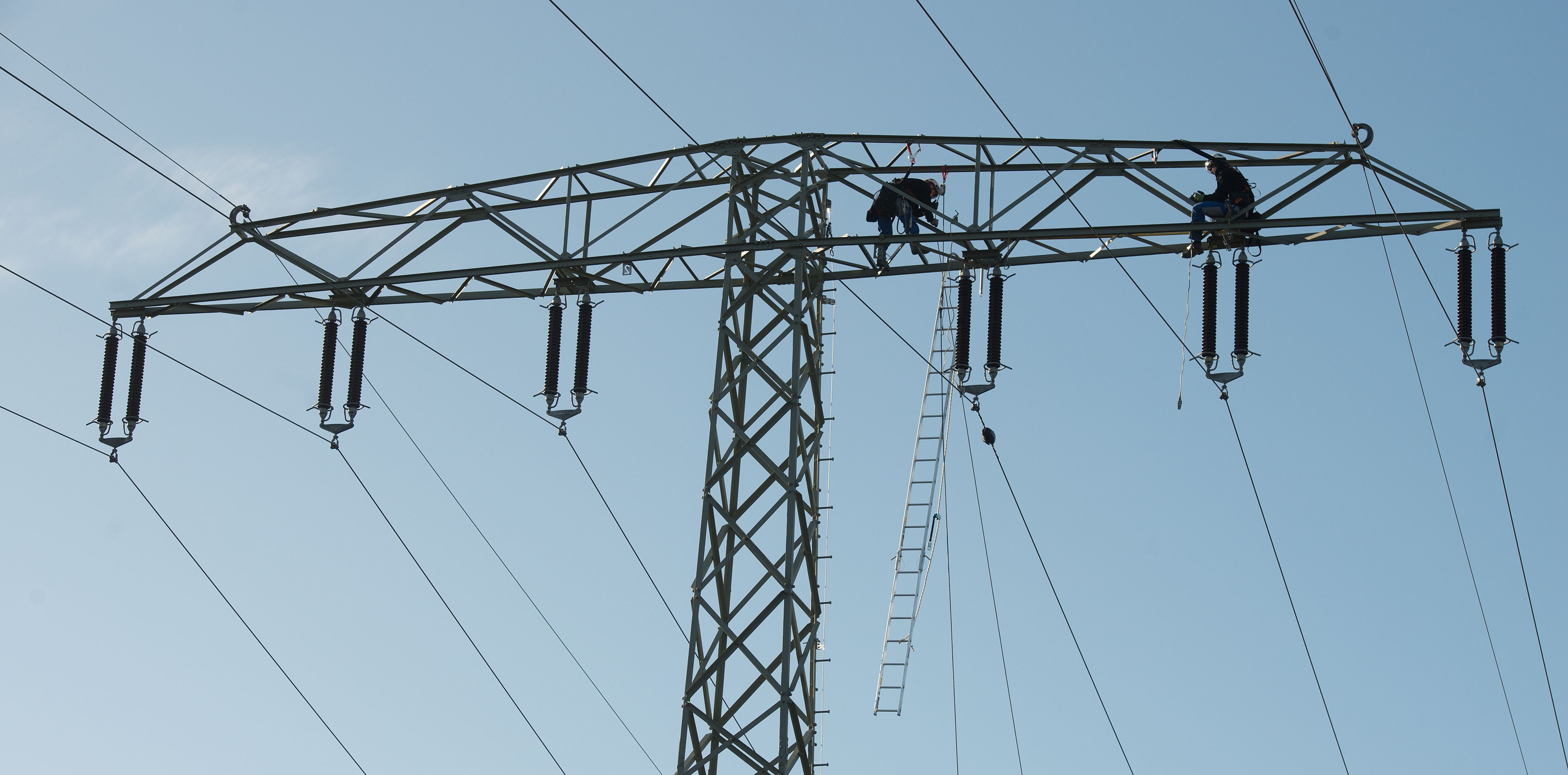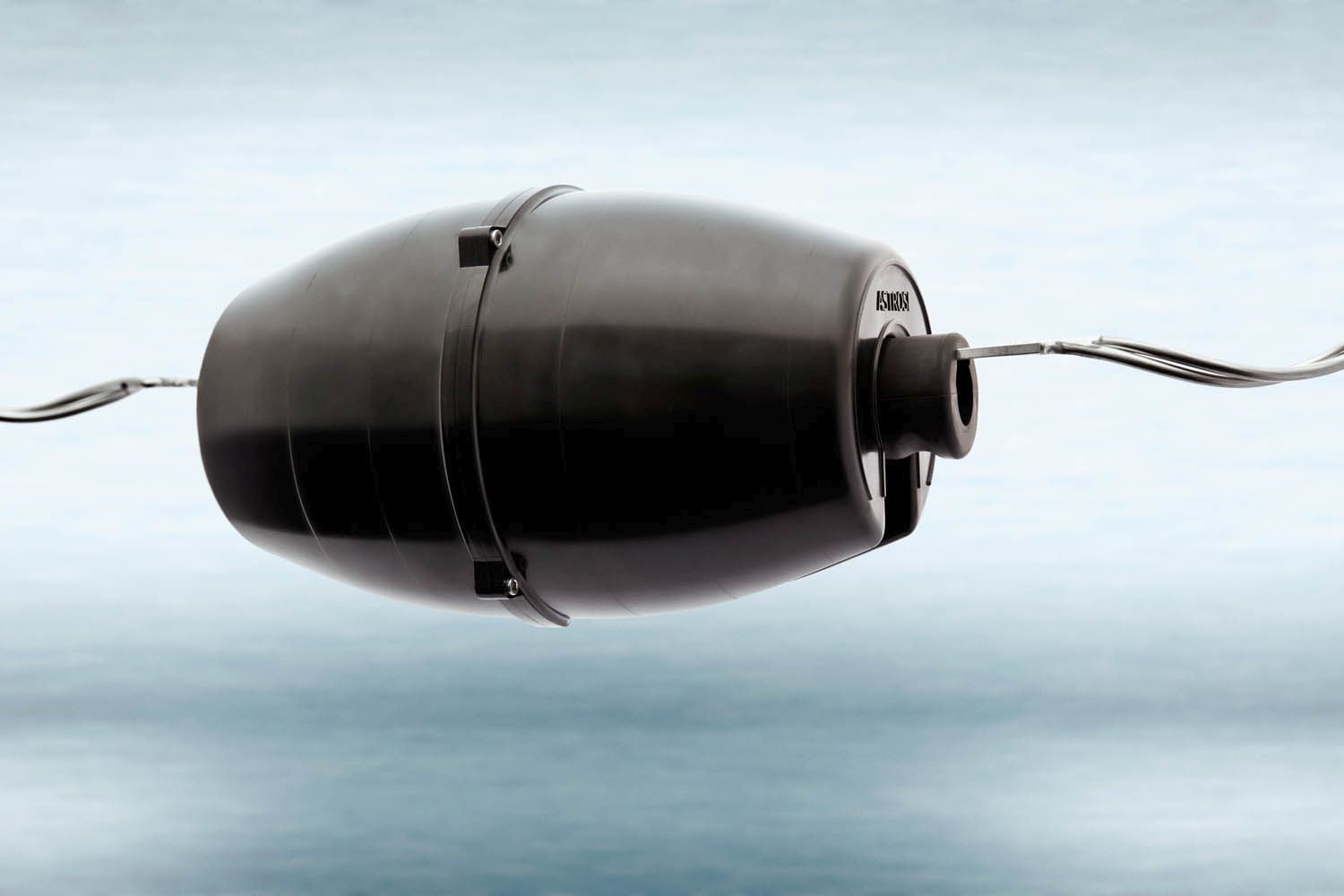News
Making Grids Intelligent – Astrose Sensors
The energy revolution in Germany does not stop at wind farms or solar panels. The power grids themselves need to change and adapt. The researchers at the Fraunhofer Institute of Reliability and Microintegration IZM have developed autonomous sensors that monitor the flow of power - power lines are learning to speak with each other.
Making Grids Intelligent – Astrose Sensors
Almost one third of Germany’s electricity is generated from renewable sources. Apart from their green credentials, these renewable sources differ from conventional power plants in one important quality: Their output is not constant. Depending on the weather, wind or solar power plants will produce more energy or less energy. This makes it harder for grid operators to keep their grids at optimum utilization and to prevent harmful surges. Sunlight and the electricity in the lines itself will heat up the lines. The consequence: Cables expand and slacken. Snow and ice can similarly weigh down on these miles of power lines. In the unlikely case that a line gets too close to the ground or to building, vehicles, or people in the vicinity, there is the definite risk of a lethal electric shock. To avoid this, grid operators know a set of parameters that tells them how much power they can feed through their systems. The standard assumption is a temperature of 35° centigrade and wind speed of 0.6 m/s. But a cool breeze might be missing in the summer months, and the sun often fails to make an appearance in winter. The calculation is not fool-proof, and free grid capacity often goes unused.
Daring to be Flexible
The Astrose project is meant to deliver the data that is needed to control the flow of power better. It wants to know whether a line can take more power. For several years, the researchers at the Fraunhofer IZM have been working on the solution: A radio sensor network placed directly on the power lines. Each sensor monitors the tilt, torsion – that is, the twisting of the line – and the temperature and current going through the line. “These parameters are crucial to calculate how much current can be fed into the system”, Fabian Mathar, researcher at the Fraunhofer IZM, explains.
59 Astrose sensors are already doing their work in the small town of Rieder in the Harz mountains. They are placed along the ten kilometre line at distances of around half a kilometre. And they have started speaking to each other: Every sensor passes on its data to the next sensor down the line, which adds its own measurements, and so it goes on and on. At the end of this so-called multi-hopping sequence, the data from all sensors reaches the grid operators regulating the current. If there is space left, the amperage can be increased, and more energy is fed through the system.
Self-Sufficient Sensors
Every sensor is given a unique ID to enable the sensor to be located in real time. Whenever it detects slack in a line, the grid operator will then know immediately where the problem is and does not have to inspect the entire line by car. The information keeps flowing even if individual sensors fail, as each sensor has a radio range of up to 1500 metres – three times the distance between sensors. Another highlight of the project: The sensors supply themselves with the power they need. As energy harvesters, they can tap the line they are placed on, irrespective of the current going through the line. By contrast to induction harvesting, which is dependent on the given current, the Astrose sensors get their power from the static energy of the line itself. The Astrose sensor grid has been installed in Rieder since the autumn of 2014 and has been transmitting status information about the grid reliably to the grid operator MITNETZ. More pilot projects are planned for this year.
More Information about Astrose
Last modified:
 Fraunhofer Institute for Reliability and Microintegration IZM
Fraunhofer Institute for Reliability and Microintegration IZM
